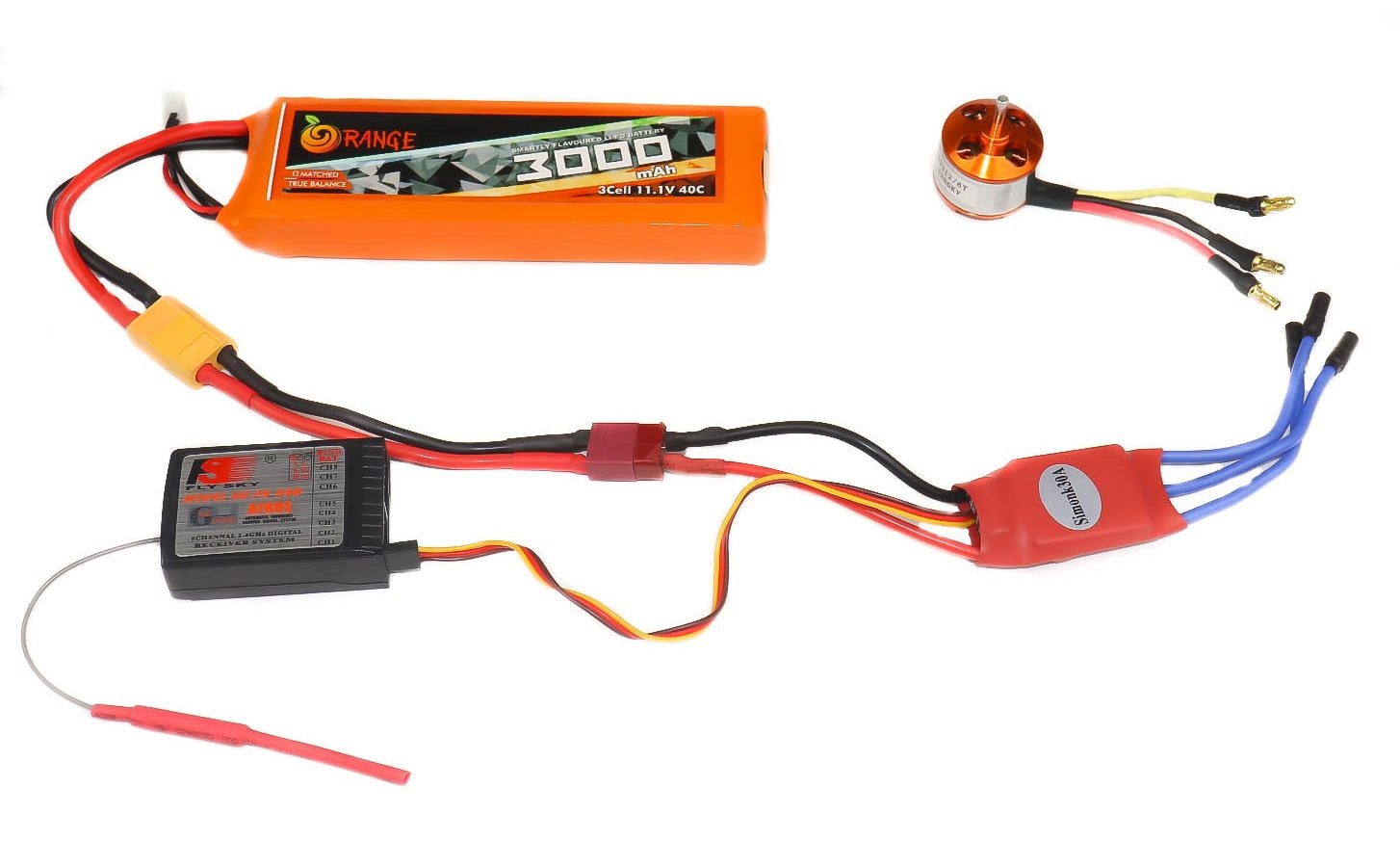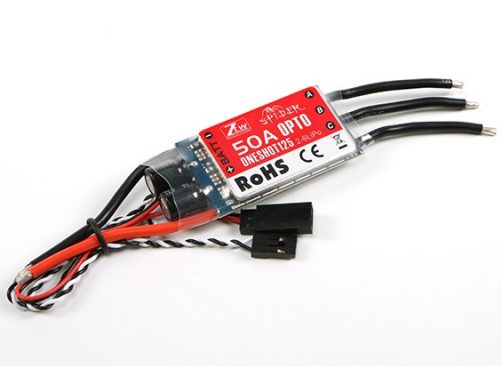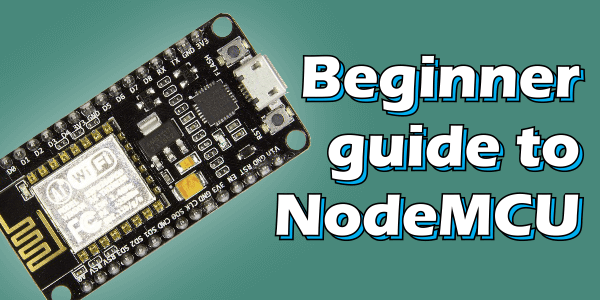How to Choose an Electronics Speed Controller for Your Quadcopter
Selecting an ESC is not an easy task. This guide will help you do just that based on different parameters.

ESC works like the gearbox of the vehicle. In the vehicle, the gearbox suggests that the wheel rotates at its own speed. Similarly, in the drone system, the electronic speed controller determines the speed of the brushless motor. In this article, we will cover the basic concept of an ESC, its function, and how to choose an ESC to choose suitable parameters for your drone.
What is an electronic speed controller?
The ESC receives throttle signals from the flight controller and runs the brushless motor at its desired speed.
The good-quality ESC gives a reliable and smooth flight experience. Several factors are considered while selecting the ESC, and they are as follows:
- Current Rating
- Input Voltage Rating
- Weight and Size
- ESC Firmware
- BEC
- Connection of ESC
- ESC processors
- ESC Protocols
Now, we will learn all these factors one by one.
1. Current Rating
The first thing to consider when selecting an ESC is the current rating (ampere rating). Motors draw current when they spin; if you draw more current than your Electronics Speed Controller's capacity, then it will start to overheat and eventually damage. You should decide on the current rating of the ESC after selecting a suitable motor size for your requirements.
 Mostly, three things can increase the current draw of your ESC:
Mostly, three things can increase the current draw of your ESC:
- High KV ratings of the motor
- Larger propellers (length and pitch)
- Larger motor size (stator width and height)
There are two current ratings of ESC, and they are continuous and burst. The continuous current rating indicates the maximum continuous current that ESC can handle safely. The burst rating means the maximum current that the ESC can handle for a short period (e.g., 10 seconds) without damaging the ESC itself.
2. Input Voltage Rating
The voltage rating of an ESC is the maximum amount of voltage that your ESC can handle safely. Some of the ESCs support 3S–4S battery voltage, while others can support 6S battery voltage. Here, make sure that they are compatible with the LiPo battery voltage. Powering your ESC with excessively high voltage will damage your ESC as well as the motor.
3. Weight and Size
The weight and size of an ESC are dependent on its current rating. It is challenging to make ESCs lighter and smaller without losing their performance and effective cooling. Mostly, single standalone ESCs are designed with a weight of around 4 grams to 6 grams, and the 4-in-1 ESC weighs around 12 grams to 15 grams. Generally, the lighter ESCs have lower heat dissipation, which leads to concerns about overheating.
4. Electronics Speed controller Firmware
ESC firmware is the software that is running on each ESC. It determines the performance of the ESC. The ESC firmware gives information about its supported protocols and configuration interface. There are different types of ESC firmware available.
- BLHeli ESC.
- BLHeli_S ESC
- SimonK ESC
- KISS firmware
- BLHeli_32
Out of these, BLheli firmware and Simonk firmware are open sources, and KISS firmware is closed source, meaning it can run with only KISS ESC.
5. With or Without BEC
BEC stands for Battery Elimination Circuit. The BEC provides the constant current at a specific voltage. It has a 5V output for powering the flight controller, a radio receiver (RX), and other 5V components. But nowadays, in the quadcopter system, the power distribution board is used, so we don’t need ESCs with BEC.
The ESC without BES is known as the Opto ESC. Without the 5V BEC, your flight controller and RX will require a separate power source. As per the above image, an Optp ESC doesn't have the “red” servo wire. It uses only the signal and ground wire.
6. Connection of Electronics Speed controller with Motor
ESC uses a LiPo battery to power up. The signal received from the flight controller controls the speed of the motor. A brushless ESC has three wires that it directly plugs into or gets soldered to the 3 wires of the motor. The below image shows the single standalone ESC with LIPO battery, RC receiver, and brushless motor.
7. ESC Protocols
Protocols are like the operating system of the ESC. They determine how fast communication happens between the ESC and FC (flight controller), which plays a major role in the handling and performance of a quadcopter.
Here is a list of current protocols used on quadcopters, from oldest to latest:
- Standard PWM
- Oneshot125
- Oneshot42
- Multishot
- DShot
- ProShot
To know more about it refer to Electronics Speed controller calibration Protocol.
8. ESC Processors
Most ESCs use processors from ATMEL, Silabs, and ARM Cortex. All these processors have different features and specifications and support different firmware.
- ATMEL 8-bit is compatible with both SimonK and BLHeli firmware
- SILABS 8-bit is compatible with BLHeli or BLHeli_S only
- ARM Cortex 32-bit (e.g. STM32 F0, F3, L4) can run with BLHeli_3
I hope this article helps you learn about the basics of ESCs. With the help of this article, you can easily choose the perfect ESC for your multirotor.
To calibrate your ESC with the motor and RC transmitter, refer to the tutorial, Connecting motors and calibrating ESCs







